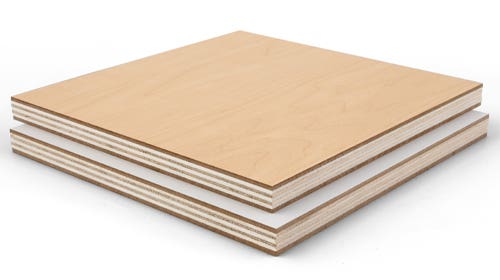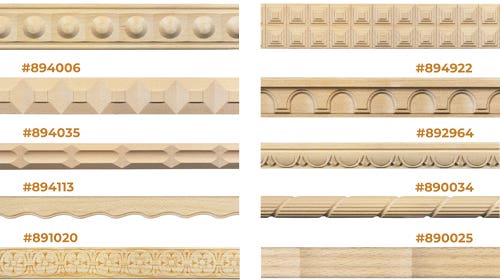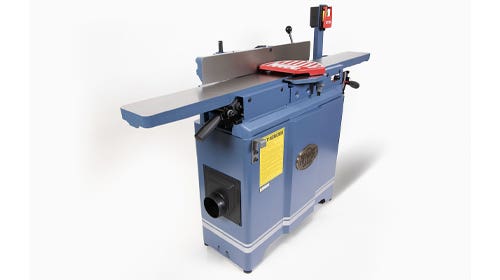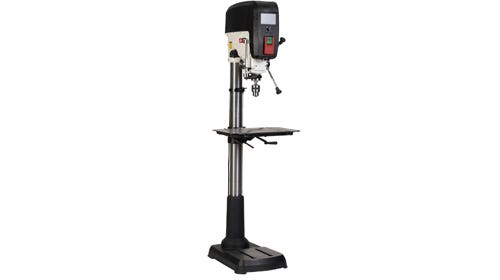Lumber supply, demand finally meeting
Mill closures, less production and lower inventories have contributed to higher prices for lumber, panels and OSB {loadposition position10} The Random Lengths Lumber Index has increased by about 20 percent…
Mill closures, less production and lower inventories have contributed to higher prices for lumber, panels and OSB
{loadposition position10}
The Random Lengths Lumber Index has increased by about 20 percent in the last four months, but before every wood dealer decides to party in the streets, the figure - although accurate - is misleading. With many mills having closed down and others cutting back on production, the numbers are skewed. Although lumber, panel, and OSB prices have jumped considerably, it is due more to the old "supply and demand" issue as opposed to the long-awaited improvement in the housing market.
"There's no question that there is a seasonality thing in play, at even these lower demand levels," says Shawn Church, editor of Random Lengths. "The other thing is that the industry has drastically reduced production and it is hard to tell ... but you have to believe that the trend lines of supply and demand have moved close to each other and maybe have crossed. We've seen prices go up and that is because mills have reduced production and there has been a push for demand. The other thing is that buyers for the last couple of years, from the peak, they were dead set on getting inventories worked down and maintaining low inventories through the downturn."
Mark Wilde of Deutsche Bank Equity Research reports that The Random Lengths Lumber composite rose in early July to $245/mbf, up $4/mbf - its highest level since October. May's housing report, along with a reduction in supplies driven by extensive mill shutdowns/closures and buyers replenishing thin inventories, pushed prices up for the fifth week in a row. Other factors include a stronger Canadian dollar, border taxes and some potential for labor issues in the British Columbia interior. However, end-user demand remains weak, he says.
"It's largely supply, and we may be starting to see an improvement in demand, but we don't know yet," Church says. "It hasn't been long enough. We've had one month where housing has bounced off the bottom. And you have some industrial projects that are probably going to be started and picked up with some stimulus spending, but who knows where that is going. They haven't spent much of that money and I don't think there is really much of an economic effect that can be traced back to that at this point. So, yeah, I think we are pretty much at the bottom of the demand side. The difference maker has been the supply side.
"Wood products lead the economy into recession. They have in the past, and we're waiting to see if maybe the market here is about to lead us out. It's too early to say. There are a lot of headwinds in the economy. It is just hard for the business to gain much confidence right now. If anything, we seem to be gaining anxiety with so much trouble out there in terms of budget deficits, spending and so forth. There is just a lot of uncertainty."
Contact: Random Lengths, P.O. Box 867, Eugene, OR 97440. Tel: 541-686-9925. www.randomlengths.com
This article originally appeared in the August 2009 issue.







